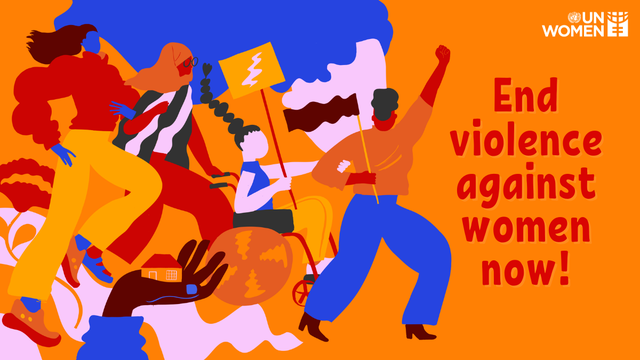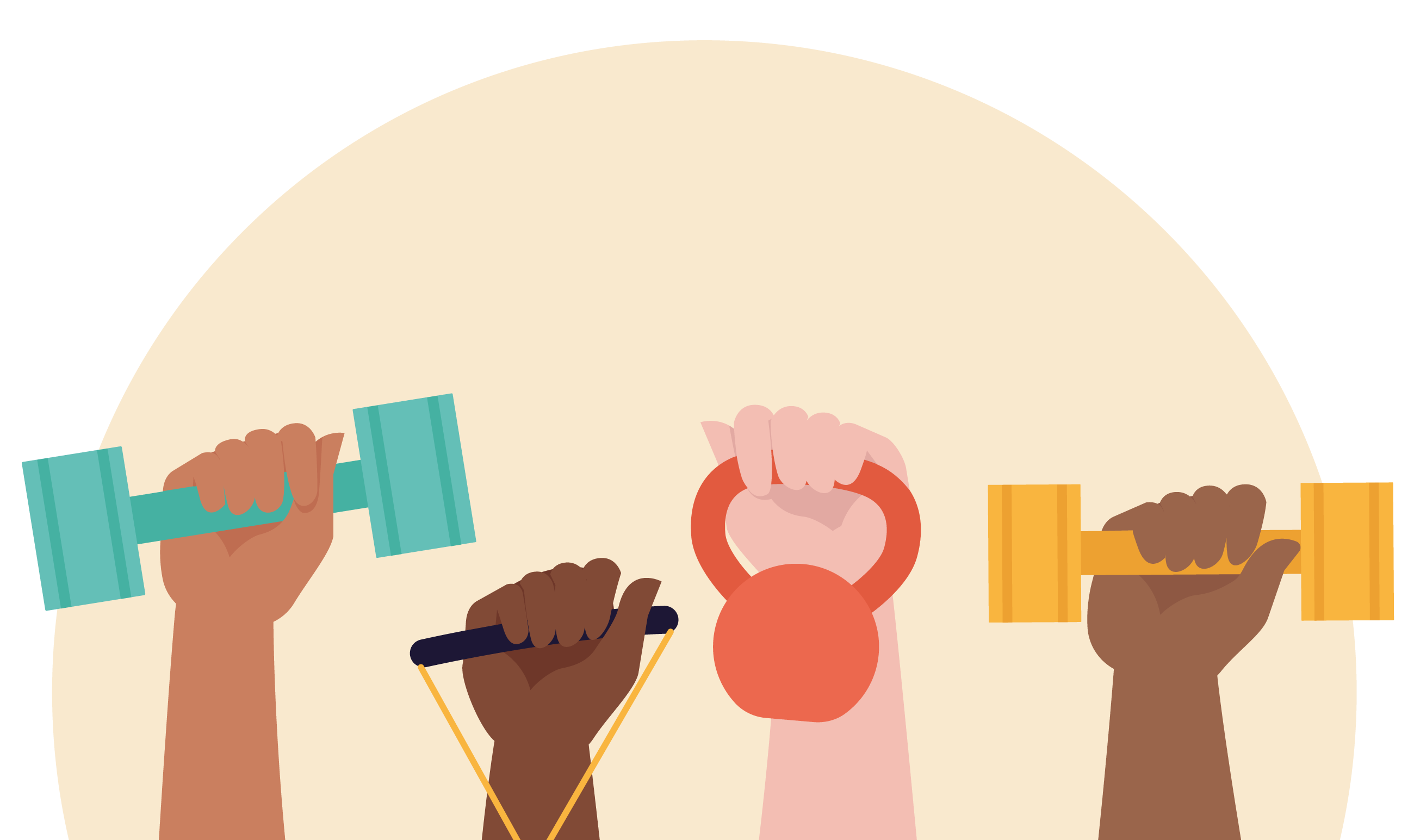Lara Quarterman, Nicholas Metheny, Carmen Sant Fruchtman, and Vandana Sharma
Thirty years on and the 16 Days of Activism Against Gender-based Violence (GBV) is as important now as it was in its first year. Starting annually on November 25, the International Day for the Elimination of Violence Against Women, and running for sixteen days until December 10, World Human Rights Day, the campaign has long been a rallying point for activists to demand change.
In a year that saw ‘shadow pandemic’ become part of the popular vernacular and with #metoo in our recent memory, more attention than ever has been dedicated to bringing the hidden violence women and girls live with every day out of the shadows. As we mark another year of activism, it is time to take stock and reaffirm our commitment to stopping violence against women before it starts.
There has been notable progress in recent years. Canada and Sweden both have feminist foreign policies and dozens of countries have issued national action plans to address GBV. However, the US remains conspicuously absent from this list and some countries still do not recognize all forms of violence against women as a crime.
Despite advocacy and efforts, gendered violence persists globally; evidence demonstrates that the risk of violence has increased during COVID-19. The loss of employment and income, lockdown and quarantine measures and reduced access to health and social services has made the global pandemic dangerous to women and girls beyond contracting the illness. The COVID-19 pandemic has not only increased the risk of forms of violence such as intimate partner violence, it has also led to an increase in frequency and severity of other types of violence; the UN reports that calls to helplines increased fivefold during the pandemic, stay at home orders led to increased internet usage and exposure to cyberviolence in Australia, and femicide in Argentina reached a ten-year high.
Gender inequality, misogyny, racism, and discrimination pre-date the pandemic and are a reality for women and girls everywhere. And has meant women and girls have shouldered the burden of the pandemic and its societal impacts. Women and girls did 75% of unpaid care and domestic work in their homes and communities before 2020 and the unpaid care burden on women increased during COVID-19.
Despite 30 years of activism, the resources dedicated to preventing and responding to violence against women and girls has consistently fallen short, even with strong and growing evidence on what works to prevent violence. The global attention on the ‘shadow pandemic’ of GBV and the funding boom for COVID-19 containment and research have failed to translate into sufficient resourcing for women’s rights organizations, who are at the forefront of fighting gendered violence. In fact, in some settings, women-led organizations reported reduced funding or redirection of existing funds to COVID-19 response.
Thanks to a dedicated research agenda, including the UK-funded multi-country What Works to Prevent Violence Against Women program, we know much more about how to prevent violence against women than we did 30 years ago. However, the ways in which GBV is perpetrated continue to evolve, and we cannot keep pace at current levels of funding and attention. New and insidious forms of violence, including cyberviolence and online stalking, proliferate without solid legal recourse or the understanding of how to combat them. Resources and global attention needed to take efforts to scale and change the harmful social norms that underpin violence, are more necessary now than ever.
As some countries begin to emerge from the effects of COVID-19, the time is right for continued and sustained investment in ending GBV. To do this, the gendered effects of COVID-19 must be considered within economic recovery plans, with a focus on addressing violence against women and girls. However, this will require dedicated funding and investment and must be led by women and girls themselves at all stages. A women- and girl centered approach includes providing space and resources for women’s rights organizations in policymaking and creating spaces for them at decision-making tables.
As we find ourselves in the midst of another 16 Days of Activism campaign, women continue to respond to the issues that affect them without proper funding and resources. Systematic barriers continue to hamper their ability to speak out, report violence and receive life changing support. But we know much about how to stop violence before it starts. Our job now is to be brave enough to make a dedicated commitment and for those with power to be bold enough to invest appropriate resources. We must dare to imagine a time when the 16 Days of Activism are a memory, and to do so we must recognize that a shadow pandemic requires more than a shadow response.
This blog was first posted on the Sexual Violence Research Initiative site.






